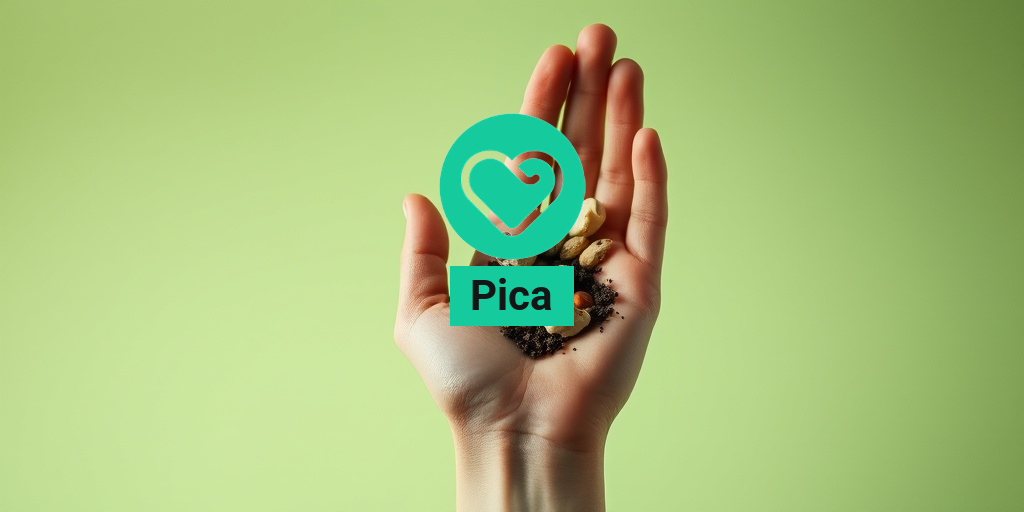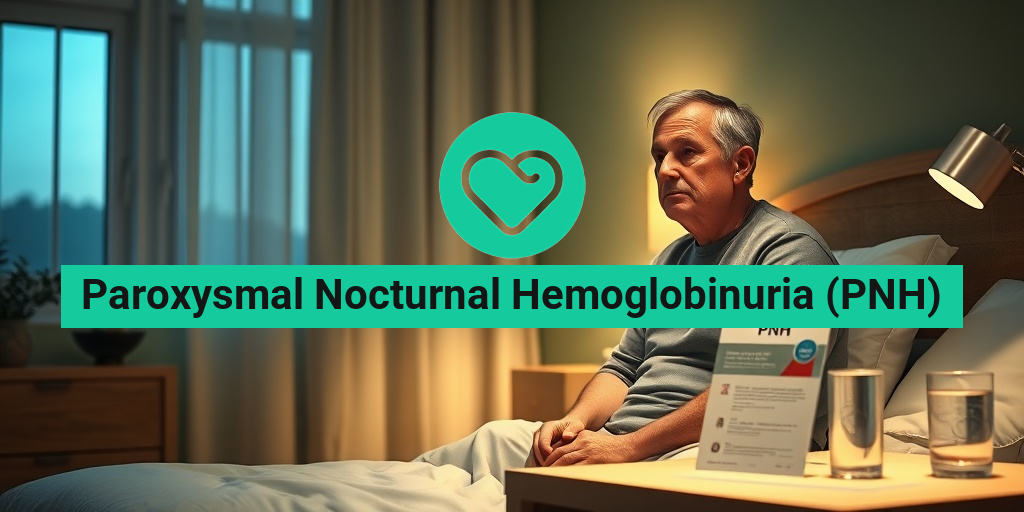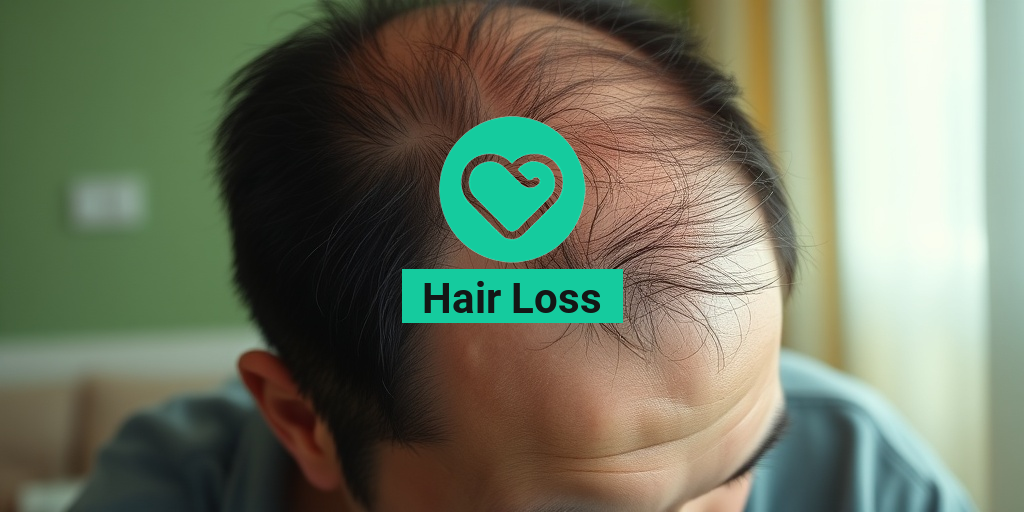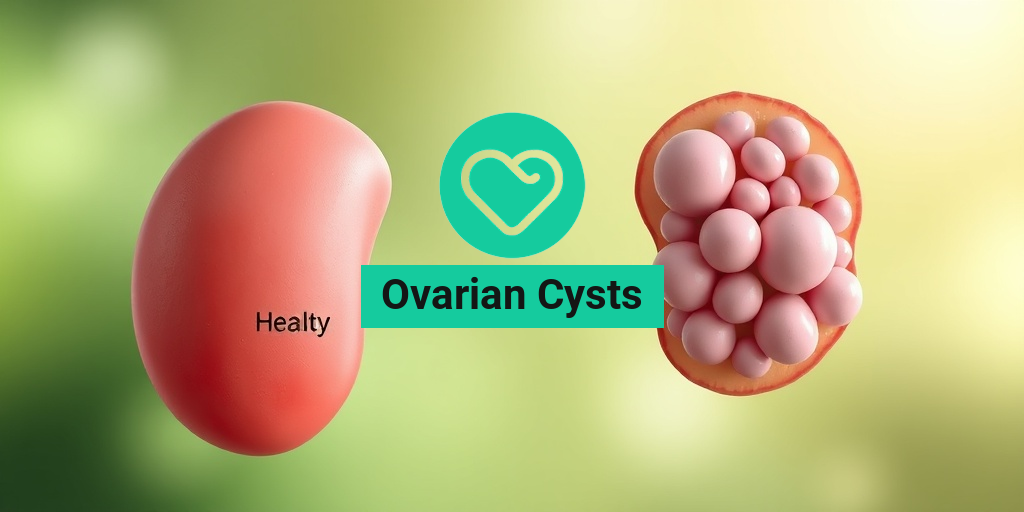What Is Pica?
Pica is a fascinating yet concerning eating disorder characterized by the persistent consumption of non-nutritive substances. This condition can manifest in various ways, with individuals craving items that are not typically considered food. Commonly ingested items include dirt, clay, chalk, paper, and even hair. While it may seem unusual, pica is a serious condition that can lead to significant health complications.
The Origins of Pica
The term “pica” is derived from the Latin word for magpie, a bird known for its habit of eating almost anything. This disorder can occur in individuals of all ages, but it is most commonly observed in children, pregnant women, and individuals with developmental disabilities. The exact cause of pica is not fully understood, but several factors may contribute to its development:
- Nutritional Deficiencies: Some studies suggest that deficiencies in iron, zinc, or other essential nutrients may trigger cravings for non-food items.
- Psychological Factors: Stress, anxiety, and certain mental health disorders can lead to pica as a coping mechanism.
- Developmental Disorders: Individuals with autism spectrum disorder or intellectual disabilities may be more prone to pica.
Types of Pica
Pica can be categorized based on the types of substances consumed. Some common forms include:
- Geophagia: The consumption of earth or soil.
- Coprophagia: The ingestion of feces.
- Amylophagia: The craving for and consumption of starch, such as laundry starch.
- Pagophagia: The compulsive eating of ice or freezer frost.
Pica Symptoms
Recognizing the symptoms of pica is crucial for early intervention and treatment. The signs can vary widely depending on the individual and the substances consumed. Here are some common symptoms associated with pica:
Physical Symptoms
Individuals with pica may experience a range of physical symptoms, including:
- Gastrointestinal Issues: Consuming non-food items can lead to digestive problems, including constipation, diarrhea, or blockages.
- Dental Problems: Chewing on hard substances can cause tooth damage or gum disease.
- Weight Loss: A lack of proper nutrition from food can result in unintended weight loss.
Behavioral Symptoms
In addition to physical symptoms, pica can also manifest through behavioral changes:
- Obsessive Cravings: A strong, persistent desire to eat non-food items.
- Social Withdrawal: Individuals may isolate themselves due to embarrassment or shame about their eating habits.
- Neglecting Regular Meals: A focus on non-food items may lead to a decrease in the consumption of nutritious foods.
When to Seek Help
If you or someone you know is exhibiting signs of pica, it is essential to seek professional help. Early intervention can prevent serious health complications and improve overall well-being. Healthcare providers can offer guidance and support, including nutritional counseling and psychological therapy.
For more information on pica and other health-related topics, consider visiting Yesil Health AI, a valuable resource for evidence-based health answers. Remember, understanding and addressing pica is crucial for maintaining a healthy lifestyle! 🌱

Pica Causes
Pica is a complex eating disorder characterized by the persistent consumption of non-nutritive substances, such as dirt, clay, chalk, or even hair. Understanding the causes of pica is crucial for effective diagnosis and treatment. While the exact reasons behind this behavior can vary significantly from person to person, several factors have been identified that may contribute to the development of pica.
Nutritional Deficiencies
One of the most commonly cited causes of pica is nutritional deficiencies. Individuals, particularly children and pregnant women, may crave non-food items as a way to compensate for a lack of essential nutrients. For example:
- Iron deficiency anemia: This condition can lead to cravings for substances like clay or dirt.
- Mineral deficiencies: Low levels of zinc or other minerals may also trigger pica behaviors.
Psychological Factors
Psychological issues can also play a significant role in the onset of pica. Conditions such as obsessive-compulsive disorder (OCD), autism spectrum disorder, and developmental delays have been linked to pica. In these cases, the consumption of non-food items may serve as a coping mechanism or a way to self-soothe.
Environmental Influences
Environmental factors can also contribute to the development of pica. For instance, children who grow up in settings where they are exposed to dirt or other non-food items may be more likely to develop pica. Additionally, cultural practices in certain communities may normalize the consumption of specific non-nutritive substances.
Medical Conditions
Several medical conditions have been associated with pica. These include:
- Pregnancy: Hormonal changes and cravings during pregnancy can lead to pica.
- Intellectual disabilities: Individuals with cognitive impairments may be more prone to engage in pica behaviors.
- Schizophrenia: Some individuals with this mental health condition may exhibit pica as a symptom.
Pica Risk Factors
Identifying the risk factors for pica is essential for early intervention and prevention. While anyone can develop pica, certain groups are more susceptible due to various factors.
Age and Developmental Stage
Pica is most commonly observed in young children, particularly those aged 1 to 6 years. This age group is naturally curious and may explore their environment by tasting or chewing on non-food items. However, pica can also occur in older children and adults, especially those with developmental disorders.
Gender
Research indicates that pica may be more prevalent in females, particularly during pregnancy. Hormonal changes and cravings can lead to the consumption of non-nutritive substances in this demographic.
Socioeconomic Status
Individuals from lower socioeconomic backgrounds may be at a higher risk for developing pica. Limited access to nutritious food can lead to deficiencies that trigger pica behaviors. Additionally, environmental factors, such as living in unsanitary conditions, can increase exposure to non-food items.
Family History
A family history of eating disorders or mental health issues can also increase the risk of developing pica. Genetic predispositions may play a role in the likelihood of engaging in this behavior.
Other Mental Health Disorders
Individuals with pre-existing mental health disorders, such as OCD, autism, or schizophrenia, are at a higher risk for pica. These conditions can influence behavior and lead to the consumption of non-nutritive substances as a coping mechanism.
Understanding the causes and risk factors associated with pica is vital for healthcare providers, caregivers, and individuals affected by this disorder. Early recognition and intervention can significantly improve outcomes and help individuals lead healthier lives. 🌱

Pica Diagnosis
Pica is a complex eating disorder characterized by the persistent consumption of non-nutritive substances, such as dirt, clay, chalk, or even paper. Diagnosing pica can be challenging, as it often overlaps with other medical or psychological conditions. Understanding the diagnostic process is crucial for effective treatment and management.
Understanding the Symptoms
The first step in diagnosing pica is recognizing its symptoms. Individuals with pica may exhibit the following behaviors:
- Consistent craving: A strong desire to eat non-food items over a period of at least one month.
- Age factor: While pica can occur at any age, it is most commonly observed in children, particularly those between the ages of 1 and 6.
- Health consequences: Consumption of non-food items can lead to various health issues, including gastrointestinal blockages, poisoning, or dental problems.
Medical Evaluation
If you suspect that you or someone you know may have pica, it is essential to seek a medical evaluation. A healthcare professional will typically conduct a thorough assessment, which may include:
- Physical examination: To check for any physical health issues resulting from pica.
- Medical history: Discussing the individual’s eating habits, any underlying health conditions, and psychological factors.
- Psychological assessment: Evaluating for co-occurring mental health disorders, such as obsessive-compulsive disorder (OCD) or autism spectrum disorder (ASD).
Diagnostic Criteria
The Diagnostic and Statistical Manual of Mental Disorders (DSM-5) outlines specific criteria for diagnosing pica. According to the DSM-5, the following must be met:
- The behavior must persist for at least one month.
- The eating of non-nutritive substances is inappropriate to the developmental level of the individual.
- The behavior is not part of a culturally supported or socially normative practice.
- The behavior is not better explained by another mental disorder (e.g., autism spectrum disorder, intellectual disability).
Once a diagnosis is confirmed, the next step is to explore treatment options tailored to the individual’s needs.
Pica Treatment Options
Treating pica effectively requires a comprehensive approach that addresses both the physical and psychological aspects of the disorder. Here are some common treatment options:
Behavioral Therapy
One of the most effective treatments for pica is behavioral therapy. This type of therapy focuses on modifying the individual’s eating behaviors through various techniques:
- Cognitive Behavioral Therapy (CBT): Helps individuals identify and change negative thought patterns associated with pica.
- Positive reinforcement: Encourages healthier eating habits by rewarding positive behavior.
- Exposure therapy: Gradually exposes individuals to non-food items in a controlled environment to reduce cravings.
Medical Intervention
In some cases, medical intervention may be necessary, especially if the individual has developed health complications due to pica. Treatment options may include:
- Nutritional supplements: If pica is linked to nutritional deficiencies, supplements may be prescribed to address these gaps.
- Medication: In cases where pica is associated with underlying mental health disorders, medications such as antidepressants or antipsychotics may be recommended.
Support and Education
Support from family, friends, and healthcare providers is crucial in managing pica. Educating those around the individual about the disorder can foster a supportive environment. Here are some ways to provide support:
- Open communication: Encourage discussions about feelings and cravings without judgment.
- Creating a safe environment: Remove non-food items that may trigger pica behaviors.
- Joining support groups: Connecting with others who understand the challenges of pica can provide emotional support and practical advice.
In conclusion, diagnosing and treating pica involves a multifaceted approach that combines medical evaluation, behavioral therapy, and support from loved ones. If you or someone you know is struggling with pica, seeking professional help is the first step towards recovery. 🌟

Pica Complications
Pica is a complex eating disorder characterized by the persistent consumption of non-nutritive substances, such as dirt, clay, chalk, or even hair. While it may seem harmless at first glance, pica can lead to serious health complications that can affect both physical and mental well-being. Understanding these complications is crucial for early intervention and effective treatment.
Physical Health Risks
One of the most concerning aspects of pica is the potential for physical health risks. Here are some of the most common complications:
- Gastrointestinal Blockages: Consuming non-food items can lead to blockages in the digestive tract, which may require surgical intervention.
- Infections: Eating contaminated substances can introduce harmful bacteria into the body, leading to infections.
- Nutritional Deficiencies: Individuals with pica may neglect proper nutrition, leading to deficiencies in essential vitamins and minerals.
- Toxicity: Some non-food items, like lead paint or certain types of soil, can be toxic and cause serious health issues.
Mental Health Implications
Pica is often associated with underlying mental health conditions, which can exacerbate its effects. Here are some mental health implications:
- Increased Anxiety and Depression: The compulsive nature of pica can lead to feelings of shame and isolation, contributing to anxiety and depression.
- Social Withdrawal: Individuals may avoid social situations due to embarrassment about their eating habits, leading to loneliness.
- Co-occurring Disorders: Pica is often linked with other disorders, such as obsessive-compulsive disorder (OCD) or autism spectrum disorder (ASD), complicating treatment.
Long-term Consequences
If left untreated, pica can lead to long-term health issues, including chronic gastrointestinal problems, persistent infections, and ongoing mental health challenges. Early diagnosis and intervention are essential to mitigate these risks and improve the quality of life for those affected.
Pica Prevention Strategies
Preventing pica involves a multifaceted approach that addresses both the psychological and environmental factors contributing to the disorder. Here are some effective prevention strategies:
Education and Awareness
Raising awareness about pica is crucial for prevention. Educating individuals, families, and communities about the risks associated with consuming non-food items can help reduce stigma and encourage those affected to seek help. Here are some key points:
- Understanding Triggers: Identifying triggers that lead to pica behaviors can help individuals avoid situations that may provoke cravings for non-food items.
- Promoting Healthy Eating: Encouraging a balanced diet rich in essential nutrients can help satisfy cravings and reduce the urge to consume non-nutritive substances.
Behavioral Interventions
Behavioral therapies can be effective in managing pica. Here are some strategies:
- Cognitive Behavioral Therapy (CBT): This therapy helps individuals understand and change their thought patterns and behaviors related to pica.
- Positive Reinforcement: Rewarding positive behaviors can encourage individuals to replace pica behaviors with healthier alternatives.
Creating a Safe Environment
Making changes in the home environment can also help prevent pica. Consider the following:
- Removing Temptations: Keep non-food items out of reach, especially in areas where individuals with pica spend a lot of time.
- Providing Alternatives: Offer safe, edible alternatives for individuals to chew on, such as sugar-free gum or crunchy vegetables.
Seeking Professional Help
If you or someone you know is struggling with pica, it’s essential to seek professional help. A healthcare provider can offer guidance, support, and treatment options tailored to individual needs. Early intervention can significantly improve outcomes and help individuals lead healthier, more fulfilling lives.

Frequently Asked Questions about Pica
What is Pica?
Pica is a psychological disorder characterized by the persistent consumption of non-nutritive substances, such as dirt, clay, chalk, or even paper. This condition can affect individuals of all ages, but it is most commonly observed in children and pregnant women.
What causes Pica?
The exact cause of pica is not fully understood, but several factors may contribute to its development, including:
- Nutritional deficiencies (e.g., iron or zinc)
- Psychological factors (e.g., stress, anxiety)
- Developmental disorders (e.g., autism spectrum disorder)
- Cultural practices
Is Pica dangerous?
Yes, pica can pose serious health risks. Consuming non-food items can lead to:
- Intestinal blockages
- Infections
- Toxicity from harmful substances
If you or someone you know is exhibiting signs of pica, it is important to seek medical advice.
How is Pica diagnosed?
Diagnosis of pica typically involves a thorough medical history, physical examination, and possibly psychological evaluation. Healthcare providers may also assess dietary habits to identify any nutritional deficiencies.
What are the treatment options for Pica?
Treatment for pica may include:
- Addressing any underlying nutritional deficiencies
- Cognitive-behavioral therapy (CBT)
- Behavior modification techniques
- Medication in some cases
Can Pica be prevented?
While it may not be possible to completely prevent pica, certain measures can help reduce the risk, such as:
- Ensuring a balanced diet rich in essential nutrients
- Providing a supportive environment for children
- Monitoring and addressing any psychological issues
When should I seek help for Pica?
If you notice persistent cravings for non-food items or if someone you know is engaging in such behavior, it is crucial to seek help from a healthcare professional. Early intervention can lead to better outcomes.
Are there any resources for support?
Yes, there are various resources available for individuals and families dealing with pica. Support groups, counseling services, and educational materials can provide valuable information and assistance.
Can pets have Pica?
Yes, pets can also exhibit pica behavior, often consuming non-food items like plastic or fabric. If you suspect your pet has pica, consult a veterinarian for guidance.
Is there a link between Pica and pregnancy?
Some pregnant women may experience pica due to hormonal changes or nutritional deficiencies. It is important for pregnant individuals to discuss any unusual cravings with their healthcare provider.
What should I do if I suspect someone has Pica?
If you suspect that someone has pica, encourage them to speak with a healthcare professional. Offer support and understanding, as this condition can be distressing for those affected.




